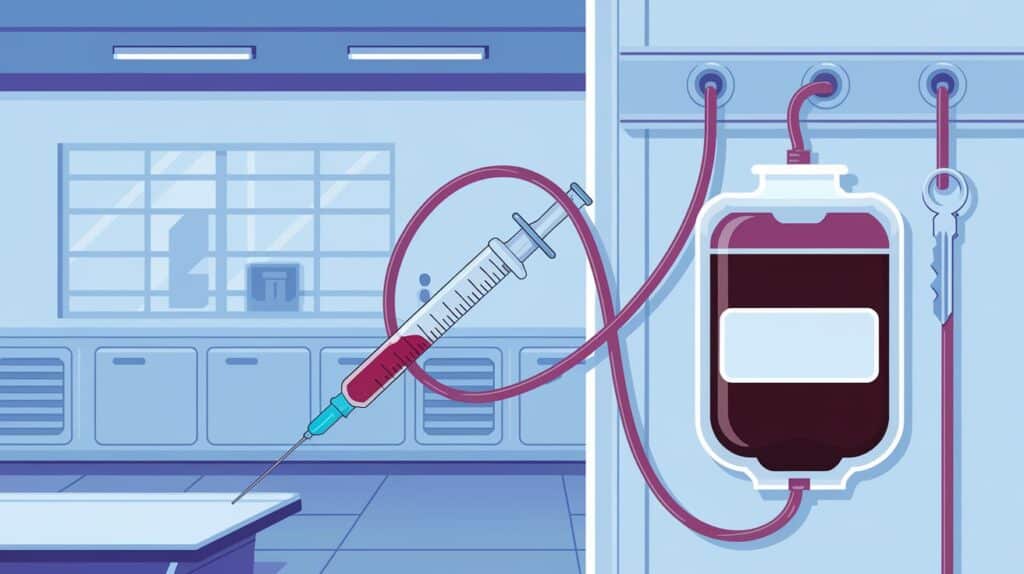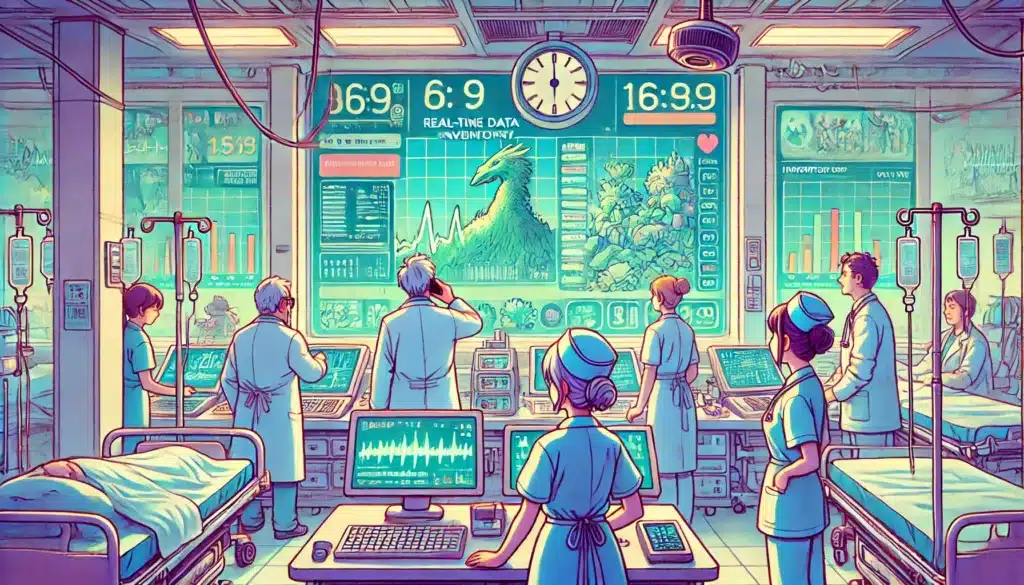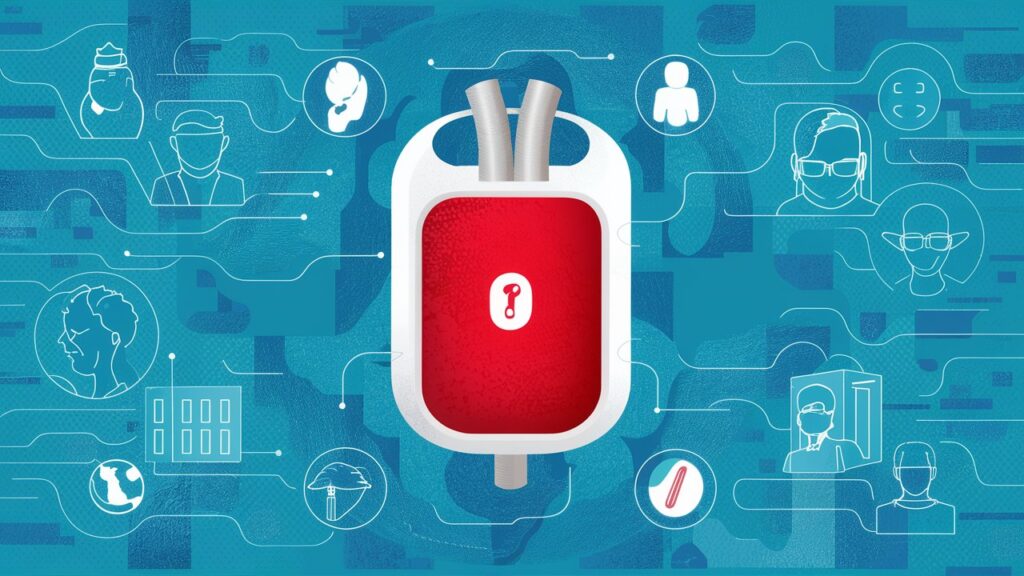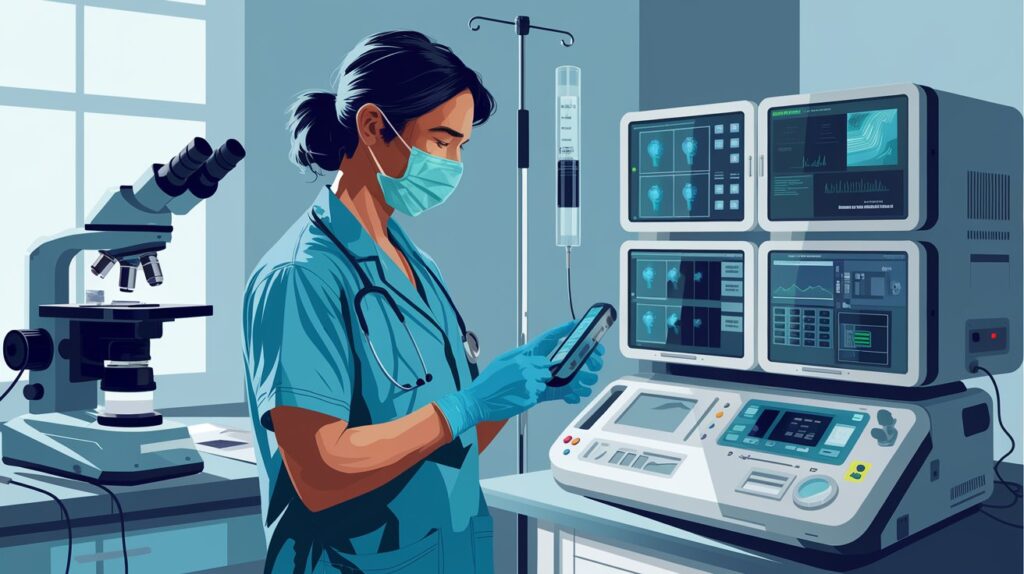iRISecure – Blood Tracking: Enhancing Patient Safety and Inventory Management
Blood transfusions are critical medical procedures that require precise management to ensure patient safety. iRISecure – Blood Tracking is a powerful RFID (Radio Frequency Identification) solution designed specifically for blood inventory management. In this blog post, we’ll explore the key features and benefits of iRISecure. 1. Automated Documentation iRISecure tracks blood bags throughout their entire […]
iRISecure – Blood Tracking: Enhancing Patient Safety and Inventory Management Read More »









